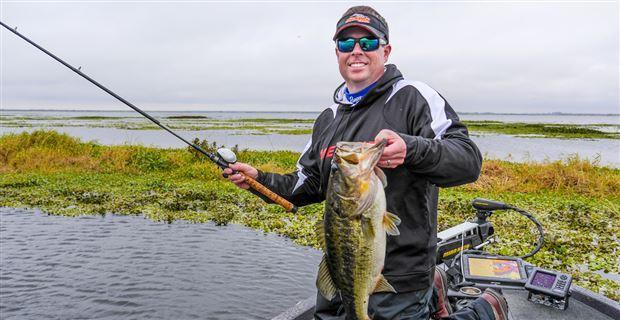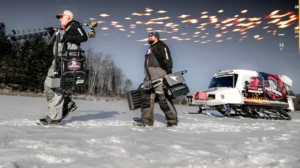There is a good chance that bass or some other species of fish have “hooked” you about as much as you’ve hooked them. Chasing these fish is what gets us up early in the morning and what fills our dreams at night.
But as we all know, it is not always easy to consistently find and catch the fish. That’s why understanding bass movement is oftentimes more important than the color of the lure or the type of line you are throwing.
Where are the bass coming from? Where are they going? How will they react to the various lake and weather conditions that they might face? These questions are pieces of the puzzle we must decipher if we want to find and catch bass.
The other day, I got the chance to talk with FLW Tour pro Tom Redington, who is also a fishing guide on Lake Fork in Texas, on the topic of understanding bass movement and habits. Redington’s paycheck depends upon understanding bass movement, whether it be while vying for a top spot on the professional tour or helping a guide client catch fish.
Each lake is different, and while Redington’s insights are more of a case study for Lake Fork and other lowland reservoirs like Kentucky Lake or Lake Guntersville, they can be applied to any body of water to help you catch more fish.













